The origin of the Yoruba descendants began from the Ancient city, Ile-Ife. The history of the Yoruba people is incomplete without the exploration of the ancient fathers- Oduduwa, Obatala, Oranmiyan, and Orunmila, among others. They were the descendants of Olodumare (Supreme being) sent to the earth to dwell and produce generations of people.
These fathers settled in Ile-Ife, which was also known as Ife-lodun. Ilé Ifè was built by the order of the Supreme God (Olodumare) by Obatala and in accordance with Yoruba religious traditions. It soon fell into the hands of his younger brother, Oduduwa, causing a rift between them. Oduduwa established a dynasty there, and the dynasty’s sons and daughters went on to dominate numerous other kingdoms in Yorubaland. The 401st Orisha, Oduduwa, is a descendent of the first Ooni of Ife.
Although, there are different controversies about the creation of Ile-Ife. Some historians opine that the Igbo ethnic group is thought to have originally occupied the area now known as Ile-Ife, but Oduduwa and his people invaded, fought them, and forced them to flee to the east. Some also believe that Oduduwa came from Egypt or Mecca and did not descend from heaven.
Ife was created in the early 11th century and flourished till the 15th century before the creation of other Nigeria’s cities and towns. The Yoruba people which is often known in history as Kwa-speaking people from southwest Nigeria and Benin. It was established around 500 CE, although it did not flourish until the early 2nd millennium CE.
The Yoruba kingdom of Ife developed thanks to trade connections with other West African kingdoms, and Ife was its capital and main religious centre. Ife is best known today for the stunning metal sculptures created by its artists, which include serene-looking human heads that were once mistaken for the work of another civilisation by Europeans.
In this piece, Naijabiography revealed the background history of Ile-Ife, its culture, customs and lifestyle.
History
According to Yoruba mythology, Olodumare, the Supreme God, sent Obatala to create the earth, but while on his way, he stumbled on palm wine, which he drank and became intoxicated. As a result, Oduduwa, the latter’s younger brother, grabbed the three objects of creation from him, climbed down from the heavens on a chain, tossed a handful of dirt on the primordial ocean, and then flung a cockerel on it, scattering the earth, thereby creating the ground on which Ile Ife would be built.
Oduduwa with everything he needed to form the earth, planted a palm nut in a hole in the newly formed land, and a great tree with sixteen branches grew from it, symbolizing the early Ife city clans. It is worthy to note that Oduduwa’s theft of creation sparked an eternal struggle with his elder brother Obatala, which is constantly re-enacted in the present age by the two clans’ cult organizations during the Itapa New Year festival.
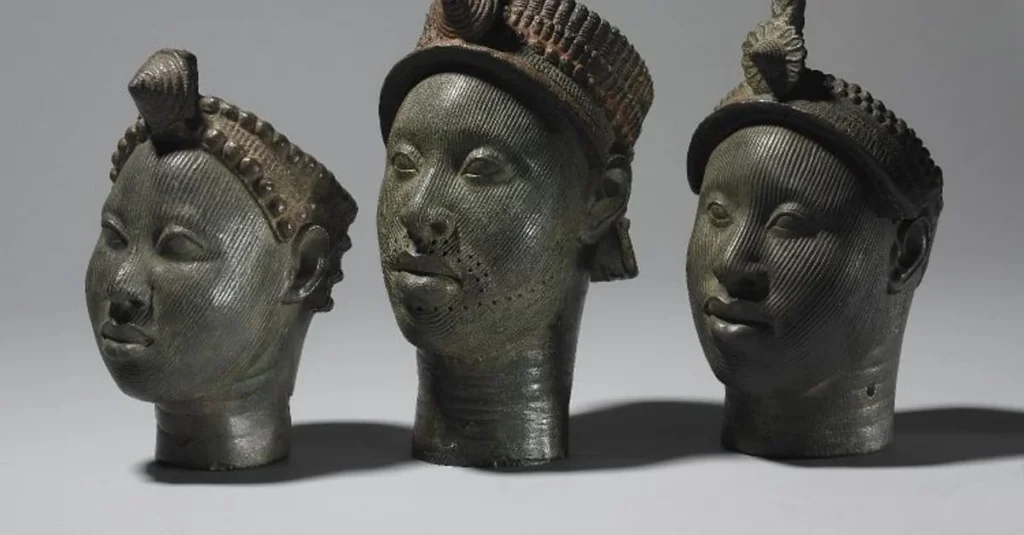
Oduduwa became the progenitor of the Yoruba’s first divine king as a result of his creation of the world, while Obatala is thought to have produced the first Yoruba people out of clay. Obatala created the first humans out of clay, and his creative formation of humans has made him known as the ruler instead of Obatala, even though Obatala was the creator of the earth.
In Yoruba, the term “ife” means “expansion,” hence “Ile-Ife” is a reference to the myth of origin as “The Land of Expansion,” while the word, “Ile,” as pronounced in modern Yoruba language, means house or home, which could make the name of the town mean “The House of Expansion.”
The descendants of Oduduwa and Obatala formed the dispersal from the ancient city to spread to other parts for settlement. For instance, Ila Orangun, Owu, Ketu, Sabe, Egba, Popo, and Oyo were among Oduduwa’s sons, daughters, and grandsons who went on to build their own kingdoms and empires. After Oduduwa granted the Edo people’s appeal for his governance, Oranmiyan became one of his father’s key ministers and controller of the embryonic Edo empire.
Oranmiyan left behind a kid named Eweka, whom he had in the interim with an indigenous princess of Benin when he returned to Ile Ife after a period of duty and exile in Benin. From that day forward, the young boy went on to become the first legitimate monarch and Oba of the second Edo dynasty, which has controlled what is now Benin. Oranmiyan went on to build the Oyo empire, which stretched from the Niger River’s western bank to the Volta River’s eastern bank at its peak. Prior to its demise in the nineteenth century, it was one of Africa’s most powerful medieval states.
Tradition
Oduduwa was an emissary from the village of Oke-Ora, the easternmost part of the Ife cultural territory that spans the Northeastern Ijesa people, according to Ife tradition, to which current Yoruba historians give precedence. He is reported to have been a fierce warrior who donned iron armour. The 13 settlements in the Ile-Ife valley formed a confederacy at the period, with each community or ‘Elu’ having its own Oba: the Oba of Ijebu, the Oba of Ejio, the Oba of Iwinrin, and so on.
Through the assistance of some component groups, Oduduwa and his party are thought to have upset the political framework of the 13 communities when he rose to prominence in ancient Ife. Rather than deposing Obatala, the town was divided into two sections, each with its own ruler. His rule was mostly limited to Idio. However, according to Ife tradition, he was never known as an Ooni and never wore the Ife ceremonial crown.
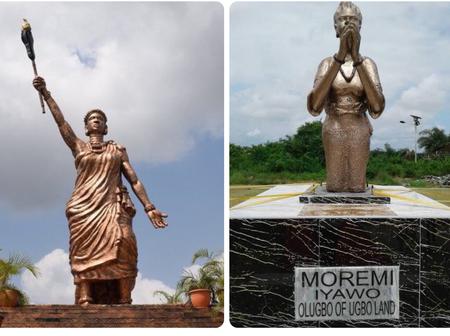
The Ooni (or king) of Ife is a descendant of Oduduwa, the god-king, known as the first Yoruba king. He is the 401st spirit (Orisha), the only one who speaks, according to legend. In fact, the royal lineage of Ife may be traced back to the city’s founding more than ten thousand years before Jesus Christ’s birth. Thus, Oba Enitan Adeyeye Ogunwusi is the current ruler (Ojaja II).
In 2015, the Ooni succeeded to the throne. The Ooni gained international importance after the creation of the Yoruba Orisha Congress in 1986, a stature that the holders of his title had not had since the city’s colonization by the British. He has long been a significant figure among the Federal Republic of Nigeria’s company of royal Obas, serving as the main priest and keeper of all Yorubas’ holy city. The palace of the Ooni of Ife was formerly a construction made of genuine enamelled bricks and embellished with exquisite porcelain tiles and many embellishments.
It is now a more modern sequence of structures. Oba Adeyeye Enitan Ogunwusi Ojaja II, Ooni of Ife (born October 17, 1974) is the 51st Ooni of Ife and a Nigerian accountant. He took the place of the late Oba Okunade Sijuwade (Olubuse II), the 50th Ooni of Ife, who died on July 28, 2015.
Ife Arts and Sculpture
Around the 12th century, Ife artists are reported to have started creating bronze, stone, and terracotta sculptures. Theirs is regarded as one of Africa’s most unique, showing “youth and old age, health and disease, sorrow and serenity.”
Between the 12th and 14th centuries, the city was a significant settlement with homes with potsherd pavements. Ilé-Ifè is famous around the world for its ancient and naturalistic metal, stone, and terracotta sculptures, which peaked between 1200 and 1400 A.D. The artists of Ife developed a refined and naturalistic sculptural tradition in terracotta, stone, and copper alloy—copper, brass, and bronze—around 1300 C.E., many of which appear to have been created under the patronage of King Obalufon II, the Yoruba patron deity of brass casting, weaving, and regalia.
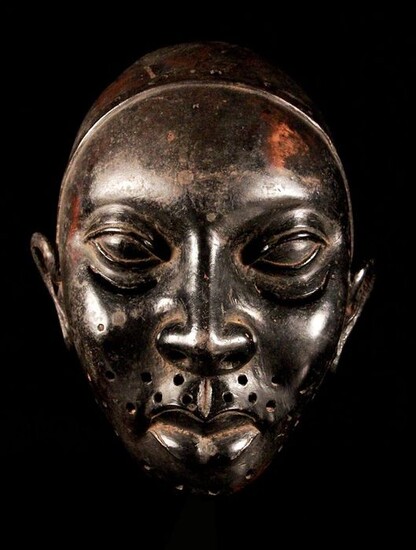
The metal sculptures of naturalistic and life-size human heads for which Ife is today most famous are so masterfully executed that when Europeans discovered them they could not believe that ancient black Africans had made such masterpieces. The heads were made from the 11th to 15th century CE according to chemical analysis and cast using the lost-wax process. Twelve heads were found all together in a royal compound at Ife in 1938 CE and several more have been discovered since including a pure copper mask.
The head sculptures were usually made of brass, although they might also be fashioned of earthenware. The human heads are all different, but no one knows what they’re for. They could be statues of monarchs, gods, or revered ancestors, or they could have been utilized for religious purposes. Vertical lines run along the face of many heads, and these could be ritual scars that signaled a person’s transition from childhood to adulthood. Another odd aspect of the heads is a series of punched holes around the mouth and jawline, which might be used to attach beads or glass bead veils. These veils are still used on special occasions in the region today, and they have ceremonial importance.
A bronze figure of a standing chief wearing a kilt-like outfit, various necklaces – including one with a double bow insignia, anklets, and a beaded headdress with high frontal ornamentation – is one outstanding item of Ife sculpture that is not a head. On one hand, the figure holds a woodland buffalo horn, which was most likely used as a medicine container, and on the other, a short staff. The statue, which dates from the 14th century CE, is now housed in Lagos, Nigeria’s archaeological museum.
Another fascinating piece of art of Ancient Ile-Ife is the necks of pottery vessels which were frequently decorated with geometrical relief designs. Also, a number of large vessels were discovered near the royal palace of Ife with lids with sculpted animal heads (e.g., a ram, elephant, and antelope) on them, but the heads were placed inside the vessel. However, human and animal figures are also sculpted in ceramics.
Furthermore, the sculpted brass torques, possibly originally fitted around the brass heads, were another item made in large quantities. According to history, if the brass heads are regarded to be representations of Yoruba chiefs, these beautifully carved artefacts generally portray scenes of human sacrifice and rites, possibly indicating the might of the monarchs who wore them. Glass beads were mass-produced or at least imported in large quantities, then reworked. The creation of ceremonial stools from single slabs of quartz was another amazing creative achievement.
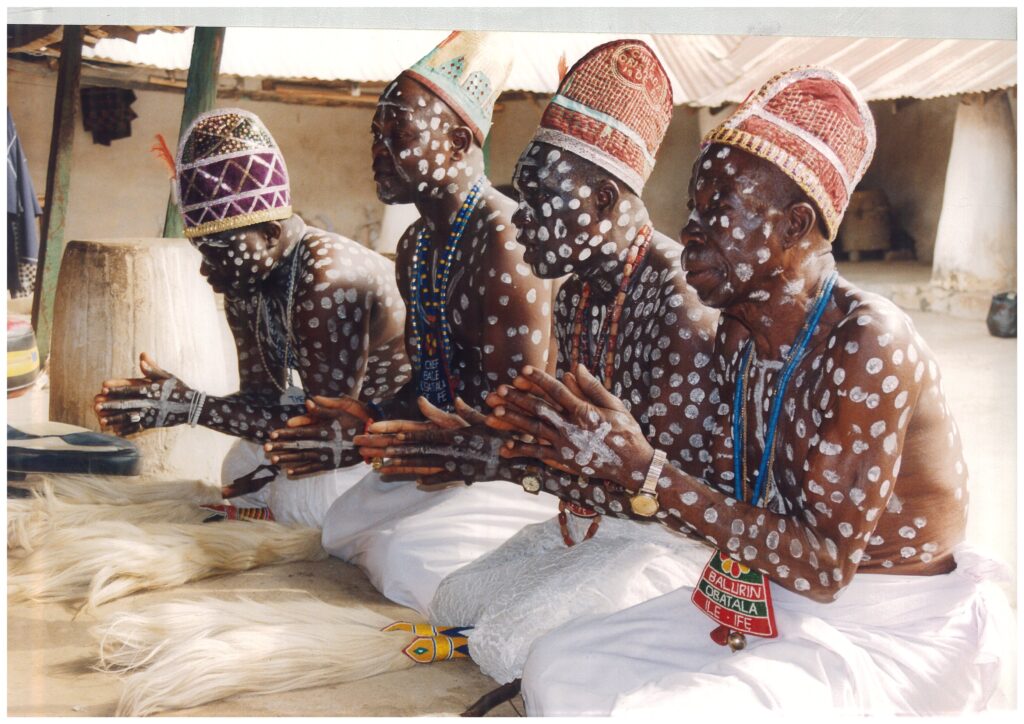
Ife Shrines
One of the prominent shrines in Ile-Ife is Igbo Olokun. Igbo Olokun was formerly a woody, holy grove (igbo) with shrines dedicated to the goddess Olokun. It has a history of glass producers with unique West African manufacturing processes. During the dig, glass beads and accompanying production components were discovered. The site has been tentatively dated based on the composition of the artefacts and preliminary dating, which places the major period of glass-making between the 11th and 15th centuries AD.
Another shrine created in the Ancient Ife was Oduduwa Shrine and Groove. The Yoruba race’s progenitor is honoured at this temple. Also, worshippers and initiates throng the site in search of benefits and to pay homage to their civilization’s founder.
History has it that the grove of Orunmila is an Orisha at Agbonniregun Temple. He is the Orisha of divination, wisdom, and understanding. This source of information is said to have a deep comprehension of the human form and purity and is hence recognized for being more effective than other treatments.
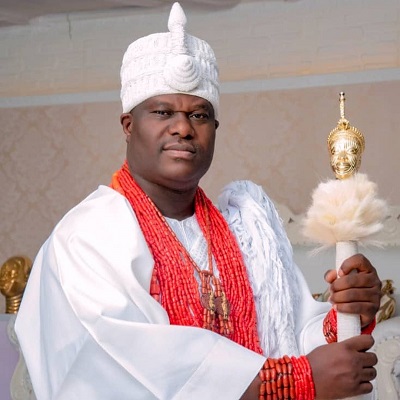
Modern-Day Ile Ife
Ife is still a modest out-of-the-way village with religious significance as a site of shrines and holy groves, as well as the home of several organizations of believers who continue to worship traditional gods.
Ife’s sculptures influenced those created in the kingdom of Benin (12th to 15th centuries CE), which is located in modern-day Nigeria and is mostly made up of Yoruba people. According to Benin’s oral history, the monarch of Ife sent a master artisan to Benin to spread his sculpting abilities.
The Aafin (“palace”) of the current Ooni, the Yoruba people’s spiritual leader, is located in the heart of modern Ile-Ife, and it houses the sacred staff of Oranmiyan (Oranyan), an 18-foot (5.5-metre) granite monolith shaped like an elephant’s tusk. The Ife Museum (1954) is located within the palace compound and houses a collection of cire-perdue bronze castings and terra-cotta sculptures that was acquired in part by German archaeologist Leo Frobenius in 1910 and later expanded through excavations at the Wunmonije compound (1938–39) and nearby Ita Yemoo (1957).
The University of Ife (previously Obafemi Awolowo University) was established in 1961, with classes beginning the following year. It is one of Nigeria’s main universities, with a teaching hospital and a large library. It is located north of the town.
Also, Ile-Ife is home to the Historical Society of Nigeria, which was founded in 1955, as well as a number of teacher-training colleges. The Society of the Descendants of Oduduwa, a group of Yoruba nationalists who formed the nucleus of the Action Group, a national political organization, held its initial conference in Ife in 1948.





